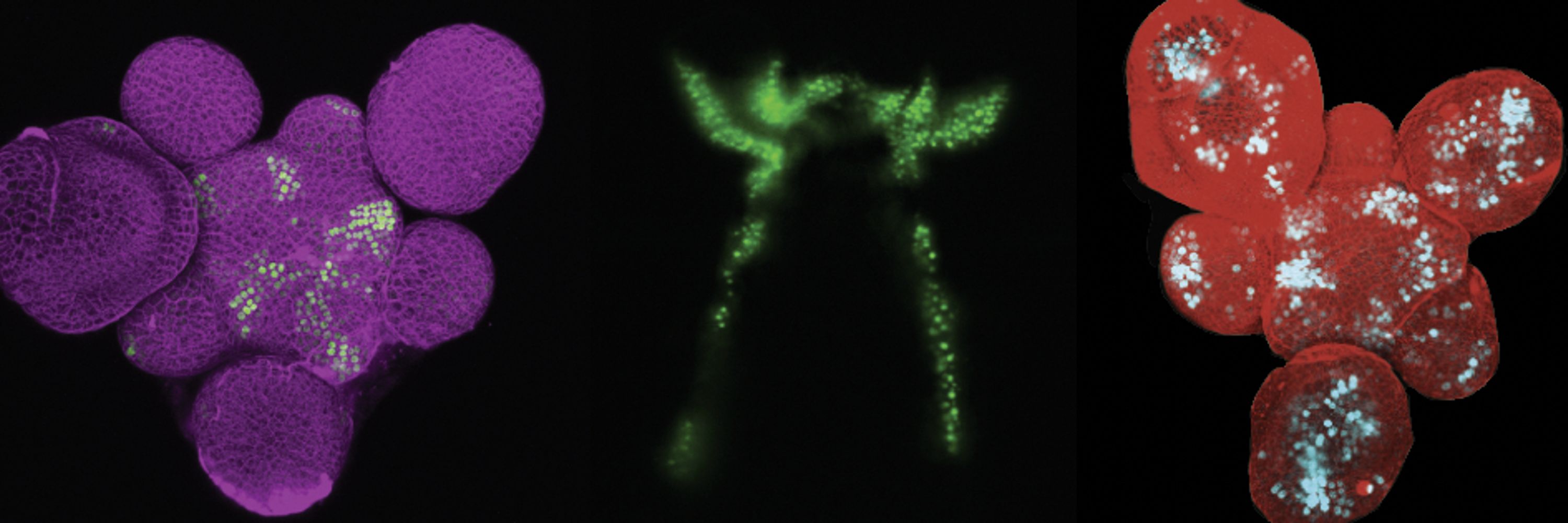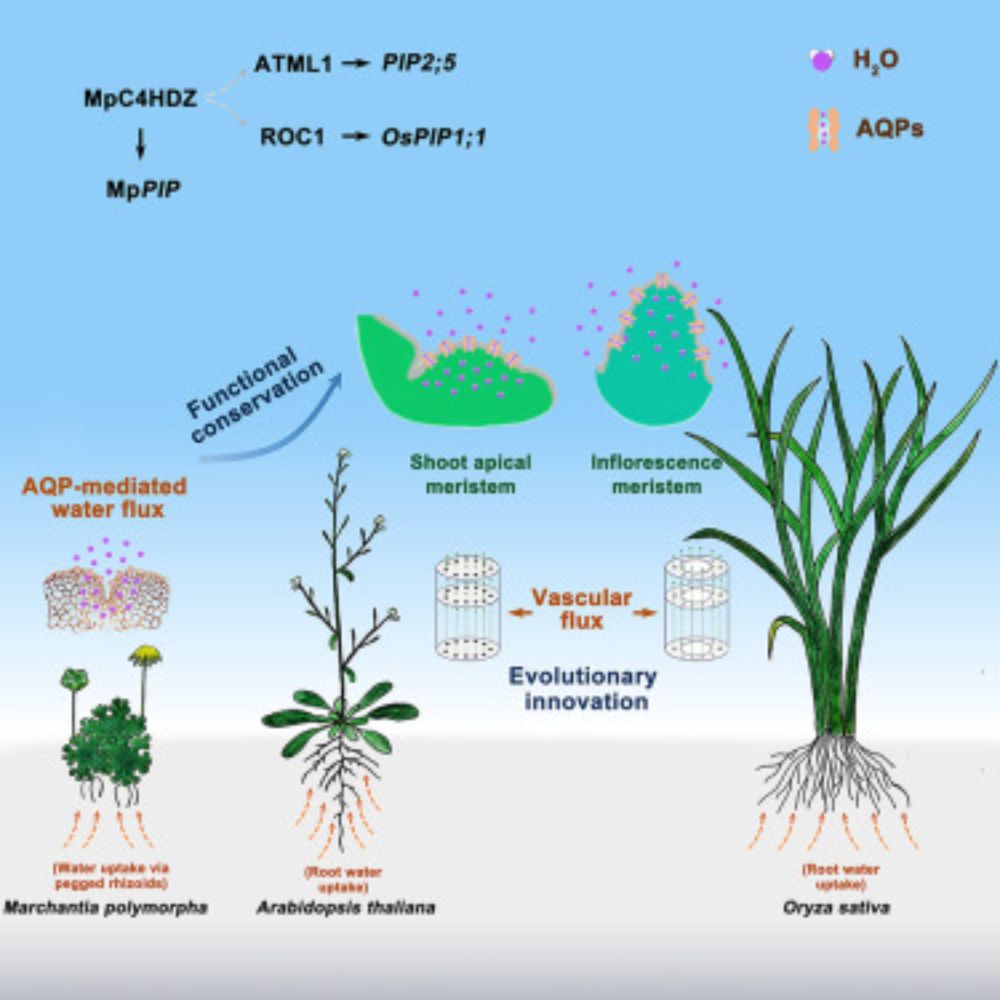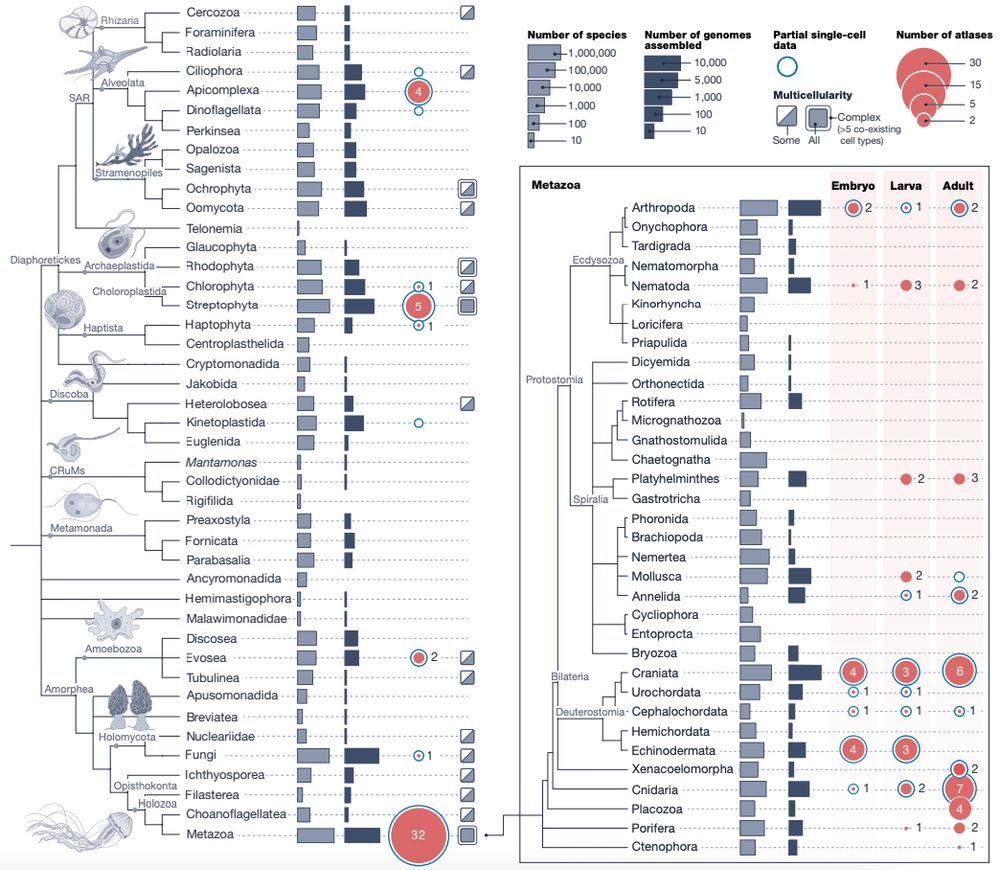Sebastián R. Moreno
@sebamorenor.bsky.social
550 followers
690 following
73 posts
Plant developmental biologist. 🌱 Post-doc researcher at @slcuplants @Cambridge_uni Working with plant stem cells. 🧬 EN/ES (He/him) 🇨🇱
Posts
Media
Videos
Starter Packs
Reposted by Sebastián R. Moreno
Reposted by Sebastián R. Moreno
Reposted by Sebastián R. Moreno
Reposted by Sebastián R. Moreno
Reposted by Sebastián R. Moreno
Reposted by Sebastián R. Moreno
Reposted by Sebastián R. Moreno
Reposted by Sebastián R. Moreno
Reposted by Sebastián R. Moreno
Reposted by Sebastián R. Moreno
Reposted by Sebastián R. Moreno
Reposted by Sebastián R. Moreno
Reposted by Sebastián R. Moreno
Reposted by Sebastián R. Moreno
Reposted by Sebastián R. Moreno
Reposted by Sebastián R. Moreno
Reposted by Sebastián R. Moreno


















